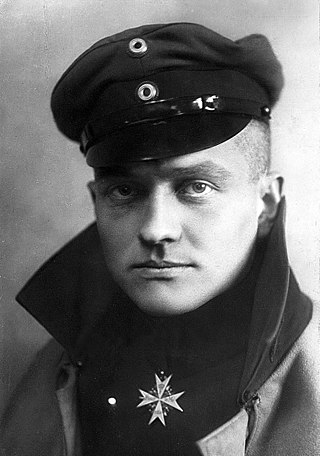
The following are lists of World War I flying aces. Historically, a flying ace was defined as a military aviator credited with shooting down five or more enemy aircraft during aerial combat. The term was first used by French newspapers, describing Adolphe Pégoud as l'as, after he downed seven German aircraft.

Lieutenant Lawrence Kingsley Callahan was a World War I flying ace credited with five victories.

Lieutenant Orville Alfred Ralston was a World War I flying ace credited with five aerial victories. He returned to service for World War II, only to die in a B-17 crash.

Lieutenant William Thomas Ponder was an American World War I flying ace credited with six aerial victories.
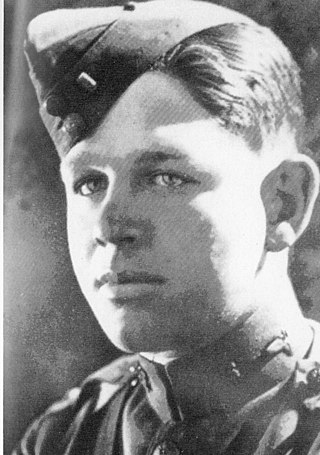
William Howard Stovall was a WW1 flying ace and distinguished cotton farmer, who also served in WW2. He began his military career as a World War I pilot credited with six aerial victories and achieving the rank of First Lieutenant. He went on to become a successful businessman before serving in World War II. On the latter occasion, he served once again with fellow aerial combat veterans from World War I, Frank O'Driscoll Hunter and Carl Spaatz, rising to colonel. He also suffered the loss of his namesake son in aerial battle.
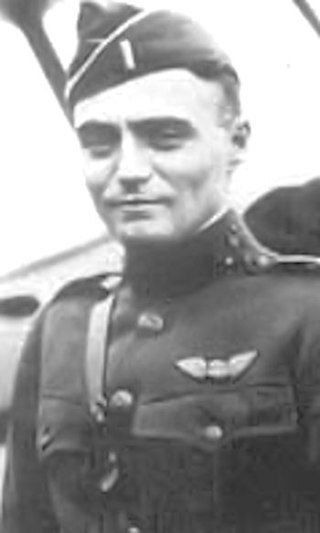
Lieutenant Jesse Orin Creech was a World War I flying ace credited with seven aerial victories. He shot down the final victory of the war for his squadron.

Captain Frank Lucien Hale was a World War I flying ace credited with seven aerial victories. He later accompanied Charles Lindbergh in a transcontinental flight.

Captain Oren John Rose, usually referred to as O. J. Rose was a World War I flying ace credited with 16 aerial victories.
Lieutenant D'Arcy Fowlis Hilton was a Canadian-born American World War I flying ace credited with eight aerial victories.

Lieutenant Frank Leaman Baylies was an American World War I flying ace credited with twelve aerial victories while flying in the French Aeronautique Militaire. Having originally volunteered for the Ambulance Corps, Baylies transferred into French aviation in May 1917. After scoring his 12 victories with the French, he transferred into American aviation service but remained with the French until his death in action.

Captain Clive Wilson Warman was a World War I flying ace credited with twelve aerial victories. He was the sole American winner of the British Distinguished Service Order.
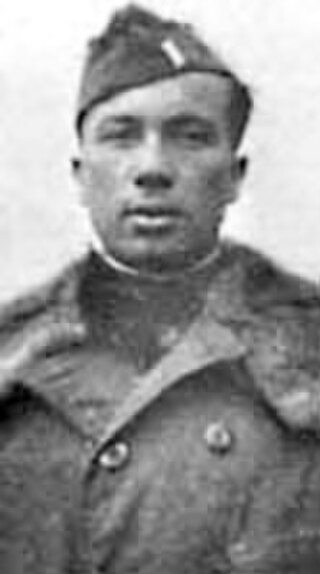
Lieutenant William Portwood Erwin was an American World War I flying ace credited with eight aerial victories. On 19 August 1927, he disappeared during the Dole Air Race from Oakland, California to Hawaii.
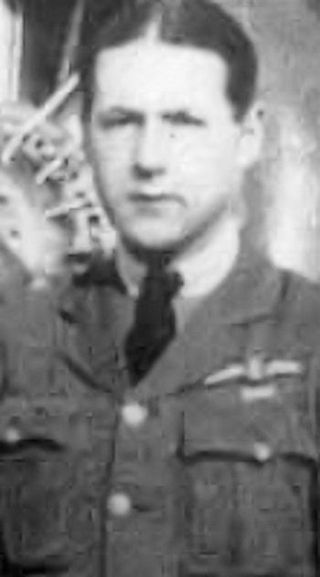
Lieutenant Kenneth Russell Unger was an American World War I flying ace credited with fourteen aerial victories. His candidacy rejected by his own nation, Unger applied to the British Royal Flying Corps for military pilot training in June 1917. Once trained, he was assigned to the Royal Naval Air Service (RNAS). As the RNAS was merged into the Royal Air Force, Unger scored his aerial victories between 26 June and 1 November 1918. In later life, Unger remained involved in aviation and served again during World War II. He also joined the U.S. Navy Reserves, rising to the rank of rear admiral.

Captain Emile John Lussier was an American flying ace during World War I. He was credited with eleven confirmed aerial victories while flying with the Royal Air Force.
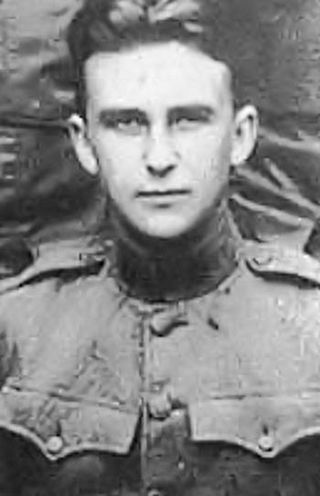
Lieutenant Howard Burdick DSC DFC was an American World War I flying ace credited with eight confirmed aerial victories. He and his son, Clinton D. Burdick, are the only known pair of father-son flying aces.

Captain Henry Robinson Clay, Jr. was a World War I flying ace credited with eight confirmed aerial victories.

Lieutenant Chester Ellis Wright was an American World War I flying ace credited with nine confirmed aerial victories. He was the top scoring ace for his squadron.
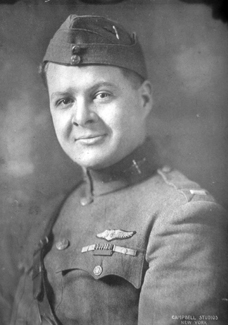
Paul Frank Baer was an American fighter pilot for the United States Army Air Service in World War I. He was credited with nine confirmed victories and seven unconfirmed victory claims, making him the first flying ace in American military aviation history.
Oberst Paul Aue was a World War I flying ace from the Kingdom of Saxony in the German Empire. Partial records of his early aviation career credit him with 10 aerial victories. He would join the nascent Luftwaffe during the 1930s and serve Germany through World War II. He died in a Russian prison camp in 1945.


















